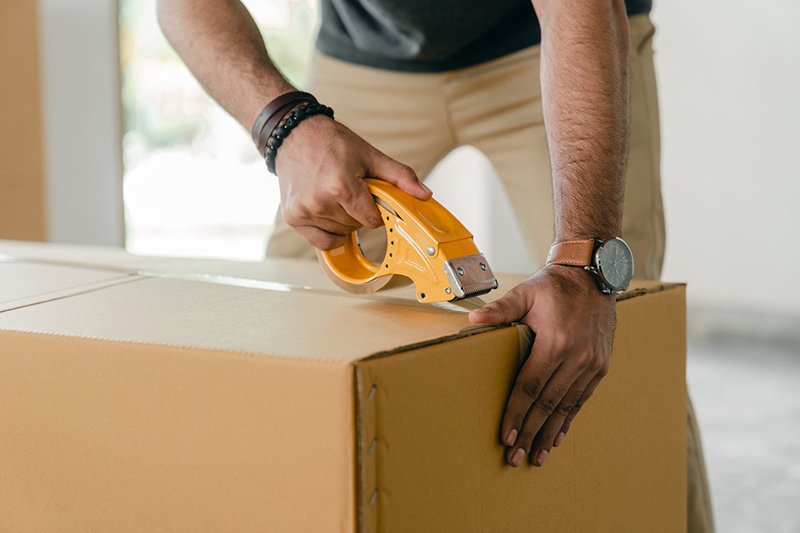Moving With Pets

Moving on your own is a daunting task. Now, add in to the mix moving your animlas like your pet dog that does not seem to stop barking at the new neighbors or your cheeky cat that’s throwing up on your leather car seat. Take this horrible imagery out of your mind since this horror story is preventable. Two Men And A Truck wants you to have a hassle-free move so we brought you the necessary tips when moving your pets.
It’s good to start by asking your veterinarian for general tips on how to move your pets for an easy transition. For additional resources, online forums are good help for specific questions and reading up on first hand experiences.
When travelling long distance, it is important to verify the hotel pet policy and it is irresponsible to sneek in your pet. You’d think otherwise when you find yourself in the middle of the night pleading at your dog to stop barking.
Moving is chaotic and it’s best to get your pets in order. Before the move, have a current photo of your pet and set aside its health records since some states require specific vaccinations that has to be on hand. Make sure you have made ID tags that has the following information: address of the new location and your cellphone number.
It is ideal to transport your pets in a carrier that is a good fit for you pet. This means your pet can stand, turn around and lie down in its carrier. Before the long drive, do not feed it a few hours before so it won’t feel sick.
When you arrive at your new home, take your pet around the house and the surrounding grounds with its leash on just so it can be familiar with its new territory. The first few nights are also crucial – use old unwashed blankets or towels from the home you moved from so your pet will be comforted by your scent.
Other pets have special needs as well. Here are some tips to help your pets in the transition:
Fish
- Don’t feed your fish 24 hours before the move to minimize waste.
- Transfer your fish in a styrofoam container.
- The water used when transferring should be the same as the tank.
- Use the same tank water in the old home when filling in the tank in the new home.
Reptiles
- Maintain the same temperature during the move.
- Provide heat at night by using warm water bottles.
- During the hot days, keep the container out of direct sunlight.
Birds
- Avoid intestinal issues by having a 1 month supply of water and food that was fed to the bird in the old location in case you can’t find it in the new area.
- Make the bird comfortable in the carrier weeks before the move so not to shock the bird.





